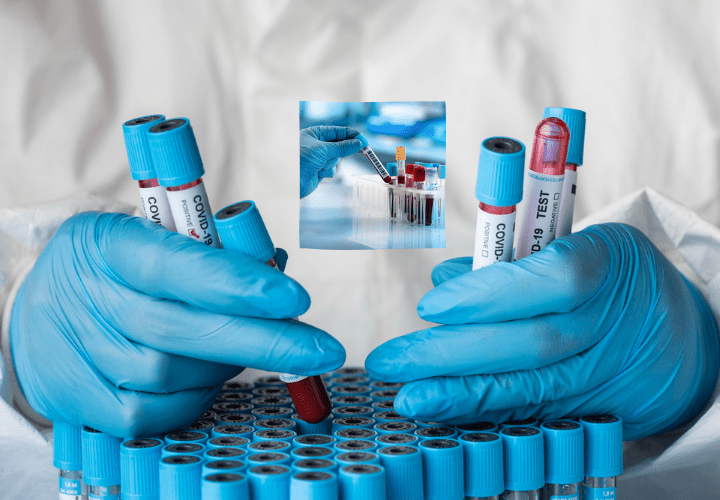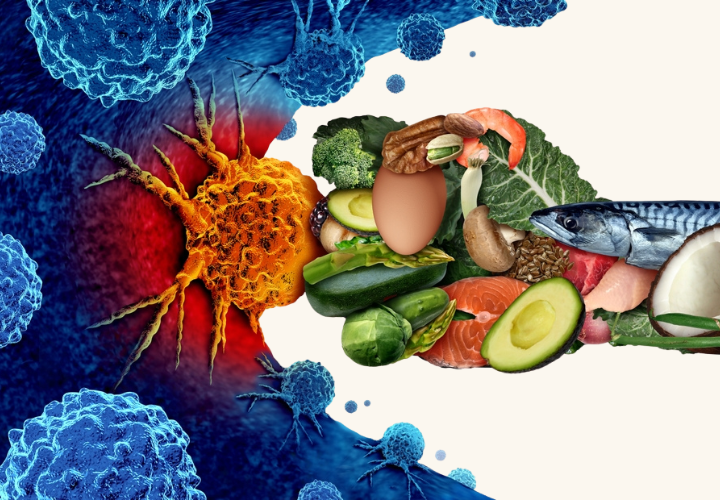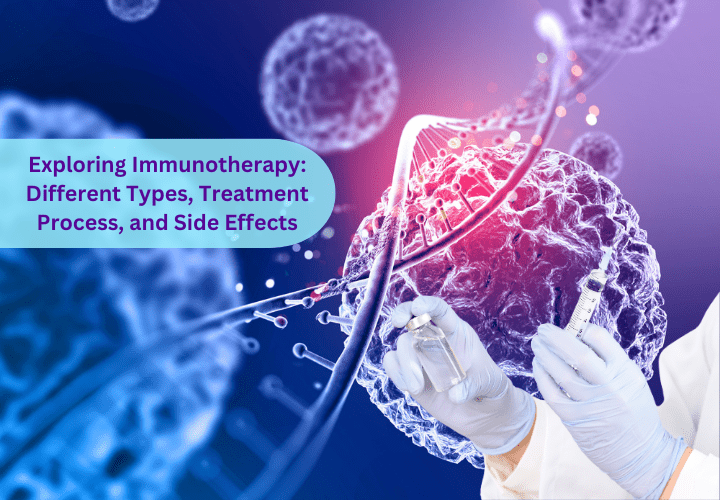Liquid biopsy using tumor DNA in blood to aid cancer care

Liquid biopsy using tumor DNA in blood to aid cancer care
- onco
- May 3, 2024
Changes in normal cells’ genetic and epigenetic makeup lead to a complex and varied disease called cancer. These alterations allow cancer cells to grow, survive, infest, and spread abnormally, making them challenging to detect and treat. The use of tumour DNA in liquid biopsies for cancer diagnosis and treatment has revolutionized the field. Historically, invasive techniques like tissue biopsies have been necessary for both diagnosing cancer and tracking its progression. But now that tumour DNA is circulating in the blood, liquid biopsy provides a non-invasive, possibly more effective, and alternative. This innovative technology has the potential to revolutionize cancer care by enabling tailored liquid biopsy treatment plans in addition to early detection.
In this comprehensive guide, we will discuss liquid biopsy, how it helps in early cancer detection, when a liquid biopsy is performed and its drawbacks and restrictions.
Understanding Liquid Biopsy:
Liquid biopsy is the process of identifying and tracking the presence of cancer by analyzing different biomarkers found in body fluids, especially blood. In contrast to traditional tissue biopsies, which can be invasive and difficult to obtain, liquid biopsy provides a minimally invasive method that is easily repeatable over time to monitor changes in the tumour’s genetic profile. The detection of circulating tumour DNA (ctDNA), which is made up of DNA fragments released into the bloodstream by cancer cells, is at the forefront of liquid biopsy.
How does Liquid Biopsy help in the early detection of cancer?
One of the biggest benefits of liquid biopsy is its ability to detect cancer early. Conventional screening techniques, like mammography and colonoscopies, are helpful but have the drawback of missing some cancers or detecting them later in life when there are fewer treatment options. On the other hand, liquid biopsy allows doctors to identify cancer at its earliest stage when it is most treatable because it can find minute amounts of ctDNA released by tumours even in their early stages.
Furthermore, liquid biopsy opens the door to customized cancer treatment by offering priceless insights into a tumour’s genetic composition. By examining genetic mutations found in ctDNA, medical professionals can pinpoint particular molecular targets that propel the development and advancement of cancer. With this data’s help, targeted therapies customized to each patient’s unique tumour profile can be chosen, increasing treatment effectiveness and lowering side effects.
When a liquid biopsy is performed?
If your cancer has spread to other areas of your body and your current treatments aren’t working, your doctor might advise a liquid biopsy. Advanced cancer is defined as metastatic cancer. Your body has developed new tumours after your original tumour metastasized. Tumor fragments break off and enter your bloodstream as it spreads.
Liquid biopsies are essential for tracking the disease’s course and the treatment response. Clinicians can evaluate how well a patient responds to treatment and make timely adjustments if needed by routinely examining ctDNA levels and genetic mutations. Furthermore, liquid biopsy can identify mutations that are resistant to treatment, allowing doctors to transition patients to different treatments before the illness worsens.
Liquid biopsy also shows potential in tracking Minimal Residual Disease (MRD) and identifying cancer recurrence. Even after treatment, the body may contain cancer cells that are not visible through imaging or conventional biomarker testing. Sensitive ctDNA detection, made possible by liquid biopsy, can identify early warning indicators of disease recurrence, and immediate interventions can be implemented to stop the disease’s progression.
Liquid biopsy has applications in cancer research, diagnosis and treatment monitoring. By examining ctDNA from sizable patient fellows, scientists can learn more about the molecular processes underlying the onset and spread of cancer. This information drives the creation of new treatment targets and approaches, which eventually advance the oncology field.
Drawbacks and restrictions of liquid biopsy:
Liquid biopsy has enormous potential, but it also has drawbacks and restrictions. One such challenge is the requirement for sensitive and particular technologies that can reliably identify and analyze ctDNA against the background of normal cell-free DNA found in the bloodstream. Furthermore, tumour heterogeneity presents a problem because the genetic diversity within the tumour may not be fully represented by ctDNA. More research should be done, and technology should be developed to overcome these obstacles and improve liquid biopsy test’s repeatability, sensitivity, and specificity.
Furthermore, the extensive use of liquid biopsy in clinical practice depends on several variables, including accessibility, cost-effectiveness, and regulatory approval. Although the technology seems promising, these practical issues must be addressed before it can be implemented widely to ensure equitable access to this cutting-edge approach to cancer care.
In summary, liquid biopsy using tumour DNA represents a revolutionary cancer detection, management, and tracking approach. Liquid biopsy offers a personalized, non-invasive approach to cancer care that has the potential to completely change the way we identify, treat, and manage cancer. As science and technology develop, liquid biopsy will indeed become increasingly critical in the fight against cancer, giving doctors and patients alike hope for better results and, eventually, a world free of cancer. If you are also facing any symptoms or signs of cancer, then without wasting any time, consult with the best cancer hospital in Delhi, i.e. Oncoplus. To assess which therapy is suitable for our cancer patient, our cancer specialists can examine the patient’s cellular pathology reports and specific diagnoses. We provide the best treatments for various cancers, including leukaemia, lymphoma, kidney, prostate, lung, colon, stomach, and breast.
Recent Posts
-
Can Testicular Cancer affect fertility?
April 23, 2025
-
Why are Breast Cancer Cases Increasing Around the World?
April 17, 2025





Leave a Reply